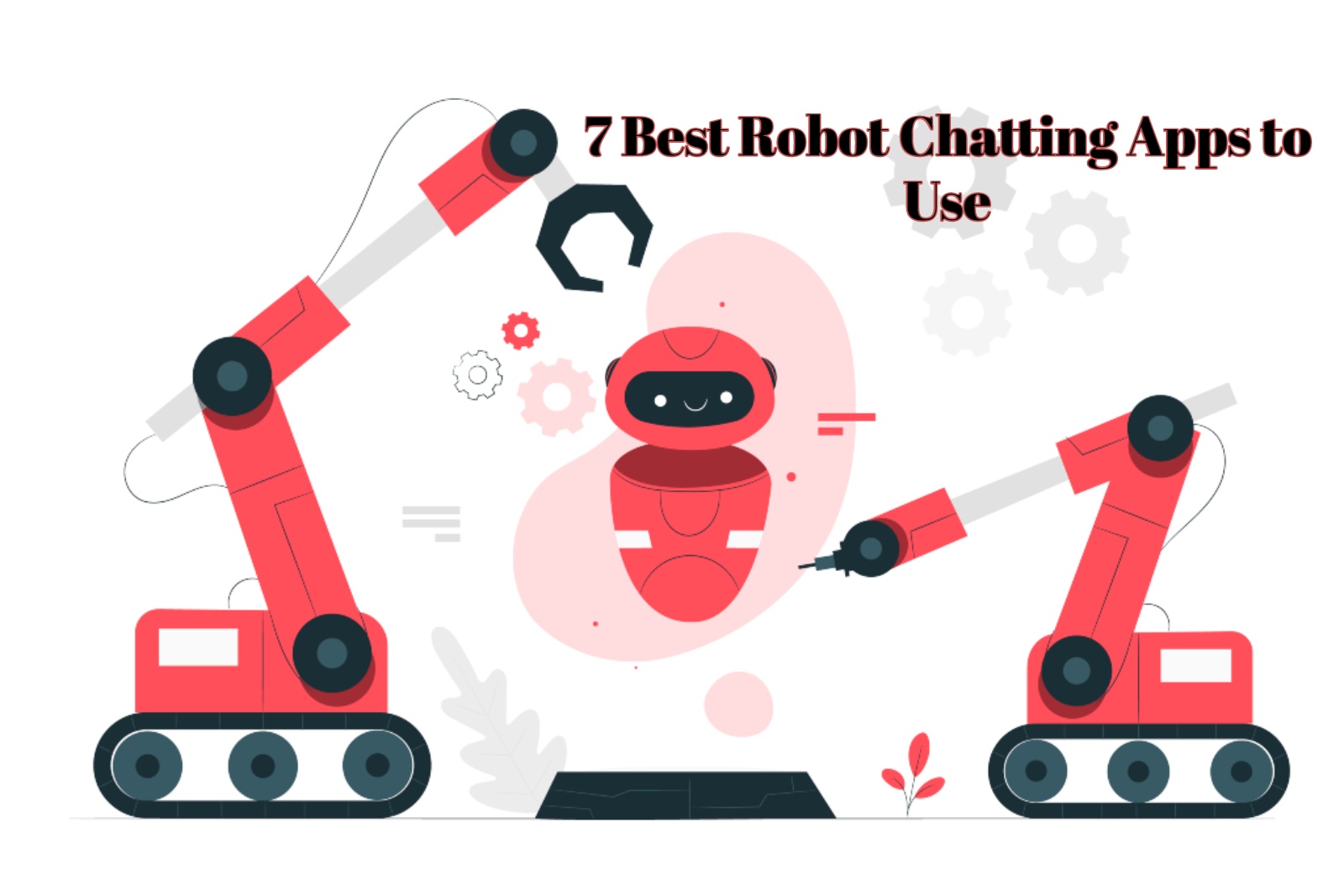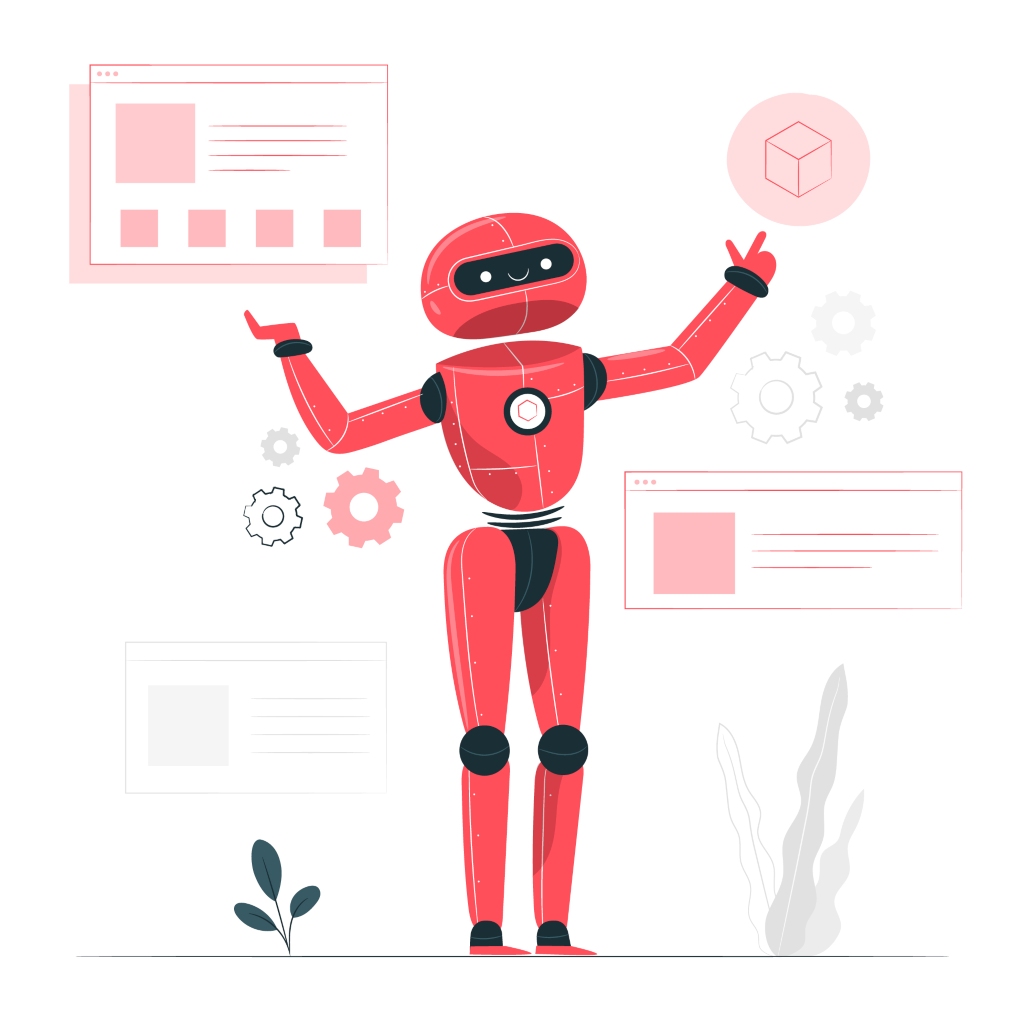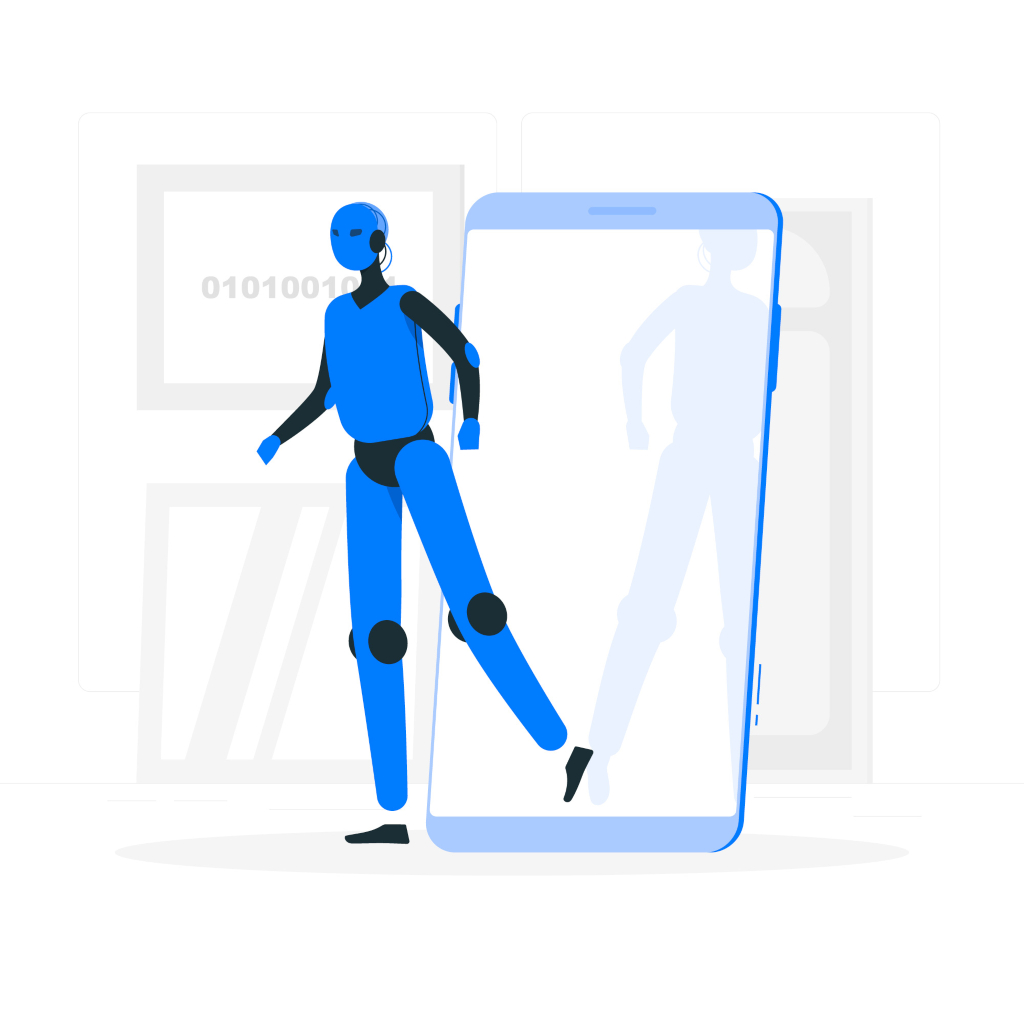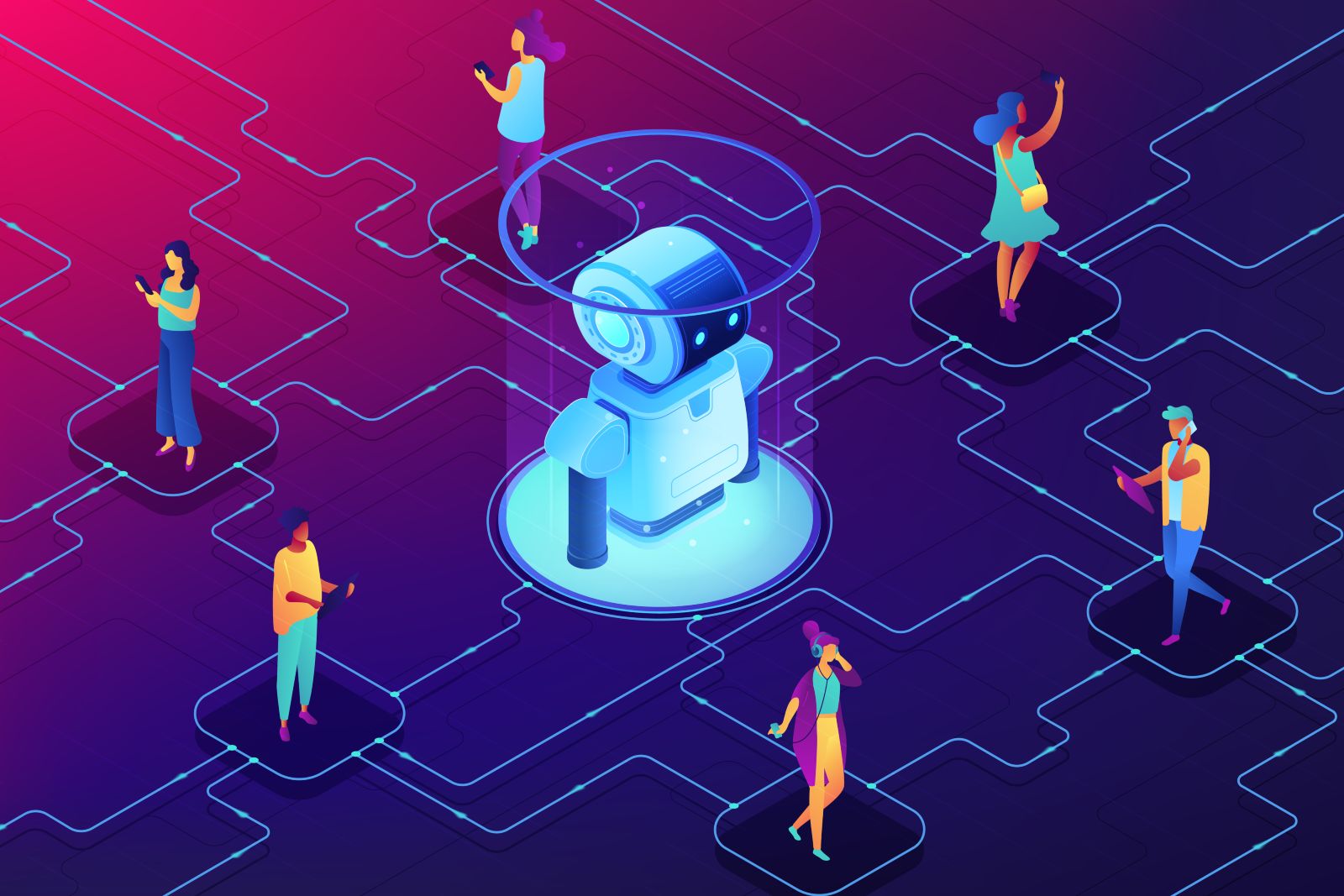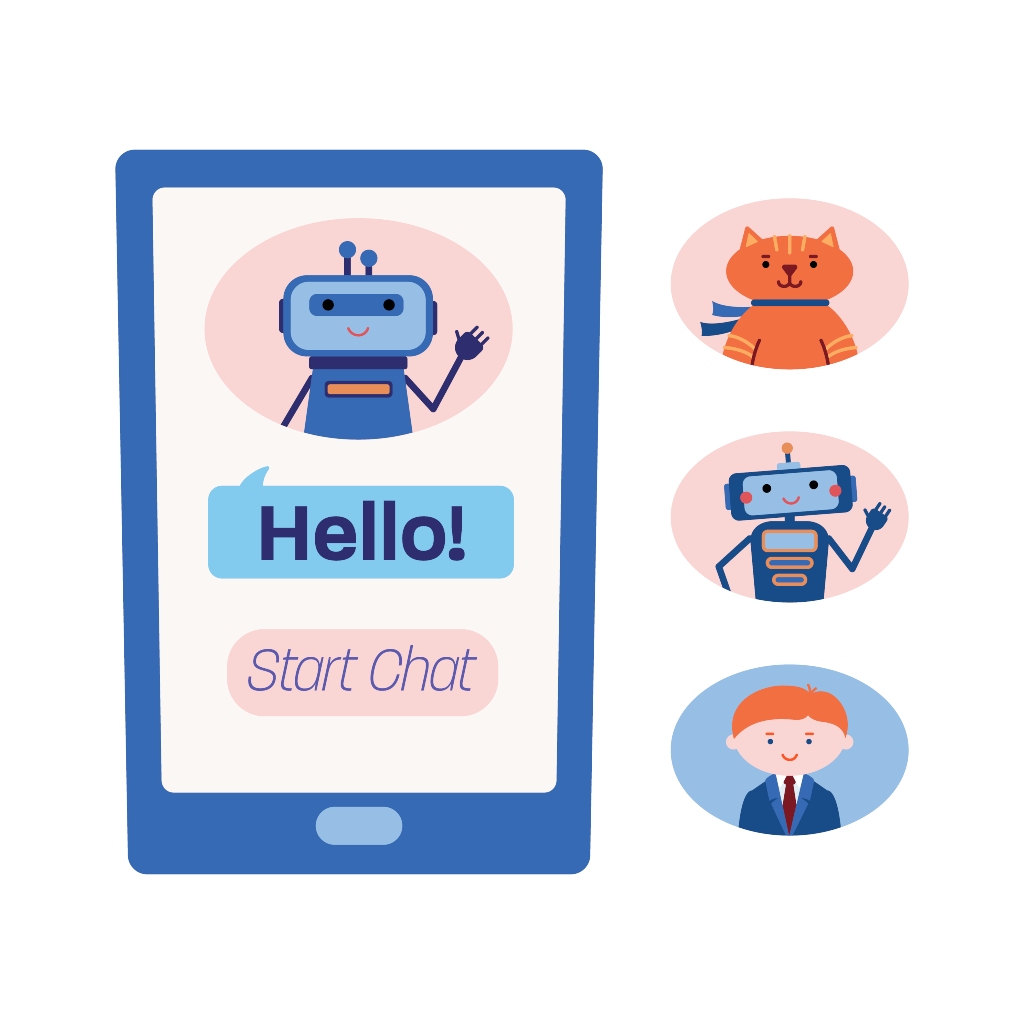Almost all people across the globe use different messaging platforms on the internet. This helps them connect with their family and friends on a regular basis. So, speech-based and communication technologies are transforming standard online applications. Meanwhile, the emerging platforms are turning into better means of communication. AI has many programs that you can compare to the human-level. However, Conversational AI also has characteristics that a simple human cannot do.
When it comes to AI, machine learning comes first in anyone’s mind. But, the truth is that it provides a completely different feature. It does not only pose as a data-analysis machine. This is important for large companies to recognize as it will help them in business.

Despite its popularity, conversational AI also experiences some difficulties. It demands more complex technology to counteract. Its programs have to catch pace with what is standard. Also, you can engage in confidential private data that chatbot can loot. Anyone must develop Conversational AI with safety in mind. This is to preserve the confidentiality of user information. Meanwhile, teaching your bot about certain possibilities will help. It guarantees advanced technologies to produce greater experience.
How does Conversational AI works?
Conversational AI involves and operates in a conceptual conversation through additional AI algorithms and natural language processing (NLP). It incorporates complex technologies. Also, some of them are speech to text, machine learning, intent domain analysis, and text to expression. Meanwhile, there is also user authentication and natural language comprehension. Below is an outline of the mentioned essential aspects:
Automatic speech recognition (ASR) or Natural Language Understanding (NLU)
Automatic speech recognition (ASR) is what we use to convert speech to text. Meanwhile, the Natural Language Comprehension (NLU) framework collects elements and extra-linguistic details. Its outcome sustains the load structure in an organized sequence with contextual definitions.
Task Prediction Module
The task prediction module specifies the purpose of the user and the related field to cover in the task-related feature (particularly grocery store, shipping address, etc.).
Dialog control module
This manages conversation monitoring, records the structure of the conversations. It also chooses the rational modifications necessary to create the dialogue authentically. This part has to succeed when engaging with human gestures, different users, and various interactions.
Natural Language Generation or Text-to-Speech
The Natural Language Generation (NLG) process produces a reply message that translates into speech. This is all with the help of the Text-to-Speech (TTS) program. Most of these devices focus on various neural networks and maintain or connect with two datasets.
- User style and context status: this dataset preserves system knowledge for each user, which includes objectives, dialogue records, and the recent state of the conversation and its meaning.
- Knowledgebase: This is basically the nature of being and the existence of ideas and their relationships that enable them to evaluate the correct job and site along with the answer questions.
Dialog experts
These experts are aligned with a particular job and produce an organized description of the succeeding response in the dialogue. Using the level of the conversation each expert shall perform steps relevant to the job if convenient. This can be, for instance, submitting a purchase application to an online shop or handling a household sensor.

Difference of Conversational AI
It is crucial to highlight how substantial the conversational AI and chatbot sector is rising. There’s a huge distinction between a wholly conversational perspective and a chatbot. First of all, there are two kinds of chatbots, AI-driven, rules-driven. Rules-based chatbots implement a set protocol.
Meanwhile, AI-driven chatbots employ NLP (natural language processing) and machine learning to interpret what the user is searching for. AI-driven chatbots are more engaging. Also, there will be a lot of users who will say that this is actual conversational AI. Let us discuss more of these two ideas.
- Conversational AI is built from Cognitive Architecture, AGI-oriented, and is complex by definition. AI chatbots employ machine learning recognizes the rationale and purpose of a topic. These all happen before executing a reply. These chatbots create their original replies to more complex queries employing natural-language responses. The more you train and use these bots, the more they understand and work effectively with the user.
- Rule-based chatbots are also regarded to as decision-making bots. As its term implies, a number of fixed rules or guidelines are used. These guidelines are the core of the kinds of concerns. These are what chatbot is designed with and can provide answers to. Rule-based chatbots may utilize very easy or difficult guidelines. Like a diagram, rule-based chatbots pattern dialogues. They use this in preparation for what the user may say, and how it would react. After all, they cannot reply to any queries beyond the established rules. These chatbots do not benefit from communications. Moreover, it only works with the circumstances which you generated.
Why should you have them?
AI Chatbots offer an insightful, real interface that most people think when they encounter the term “AI”. AI Chatbots or conversational AI systems are effective in interpreting the purpose of the user, no matter how the query is articulated. Its secret to effective interaction is perceiving the user’s question and providing a customized and appropriate reply. To know more, here are some AI Chatbot features for you.
- Versatility enables users to start a conversation where they last stopped, even though they switch apps, creating a more normal and smooth user interaction.
- Advanced comprehension is much more than an accurate interpretation of the user’s query. It’s about the rapid combination of certain elements of knowledge into a conversation to provide more a comprehensive response.
- Identity can create a big impact on user experience and confidence in the chatbot. Although some businesses have opted to enhance it by using icons or avatars, identity can be effectively expressed in the whole conversation.
- Subject shifting allows the user to switch from one topic to another, like requesting for methods of payment while inquiring if the item is available. This will also be sufficient to get the user set on course even if it fails to achieve the main objective.
- Memory helps a chatbot to identify the specific information throughout a conversation. It also helps the bot to gain more understanding for the users in the future. For instance, a virtual assistant can understand from prior queries and replies.
Benefits of Chatbot AI
People appreciate chatbots due to their fast, efficient, and accessible performance. For businesses, AI chatbots provide a means to develop a more customized and interacting user experience that brings a number of consumer data that is very important to comprehend effectively their clients and improve their company. Let us move down the hallways of various business operations and businesses. Here are some major topics and instances of how chatbots can be applied in your company.

Sales
The Chatbot implementation not only enhances the sector for customer service but also boosts consumer’s loyalty, product credibility, and cash flow sources. Enhancing customer service with chatbots can incorporate consumer information, and produce reports automatically.
Scheduling accommodation
One essential application of chatbot is often used for arranging reservations for restaurants, medical services, and private agencies. Using chatbots, clients can immediately schedule their meetings within the application without any human help. Deploying chatbots to manage scheduling appointments helps companies to decrease the sales cycle times.
Accessibility.
Nowadays, consumers demand continuous service. They like to give requests while standing in line or utilize speech-to-text applications to create an electronic transaction while commuting to the office. They also want to use apps and tools that they have every day.
Achieve Modern Platforms
Chatbots offer new sources for online marketing communication to reach consumers and offer personalized guidance and advice, without having to install new help desk teams to set up and operate a new platform or system.
How does Chatbot AI affects our life?
Conversational AI remains a fairly recent concept to the society and strives to raise its existence. While this technology has several possible applications for companies, AI-powered chatbots are one of the perfect strategies to enhance service quality. When designed with artificial intelligence, chatbots could use semantic data to distribute necessary responses and provide a comprehensive platform to identify possible problems. These can also support the human resource department by training the employees for advanced discussions and directing inquiries to the right source.
As companies search for innovative strategies to integrate artificial intelligence within their day-to-day activities, a growing existence in the society is likely to emerge. But for the time being, chatbots are a great means to become an implementer of these modern technologies and continue providing greater user experience than the past years.
Develop yours now!
Develop and link your own smart bots to continuously communicate with your users anytime and anywhere. Connect your chatbot on your app or website to give each user a specific customer experience and provide quick help to any question! HeroBot reduces uncertainty and lets you introduce the best online messaging interface for your users. We offer different features and promote safety for our dear customers. What are you waiting for? Contact us now or visit our website at https:/herobot.app/.


